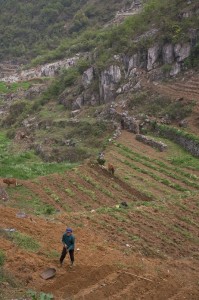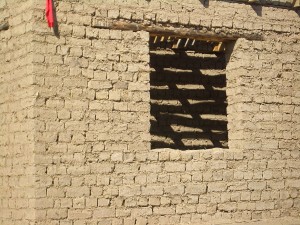By Tommy Hauver, Michael Tan and Claire Mathon
Before the Cultural Revolution, long hours during the day were not uncommon for villagers. Part of the long workdays was the long walk to the farming plot. Since some villages were based next to maintain sides, they would use hill plots to do the majority of their farming, it would take up to 2-3 hour just to the farming plots. Another reason for their hard work was due to the thin topsoil that would lie on these hill plots. Because of the thin topsoil, the arable lands become fewer and fewer, which leads to problems with their food. Since the land that could be farmed on was few, it became tough for some villages to support all of the citizens. This caused those villages to boil the rice in watery gruel to make it last longer for every meal. Another aspect of the villagers’ lives that was impacted was their diet. Due to the fact that meat was mostly eaten on special occasions, dried fish, pickles, and beans made up the starch side of their diet. Finally, vegetables were a rare food to be eaten in certain villages, because of the belief that vegetables needed to be cooked in oil, and few peanuts were grown. (Anita Chan, Chen Village, pgs 14-15) 
Continue reading “Urbanization: Farming and Food in Villages Before Cultural Revolution”

